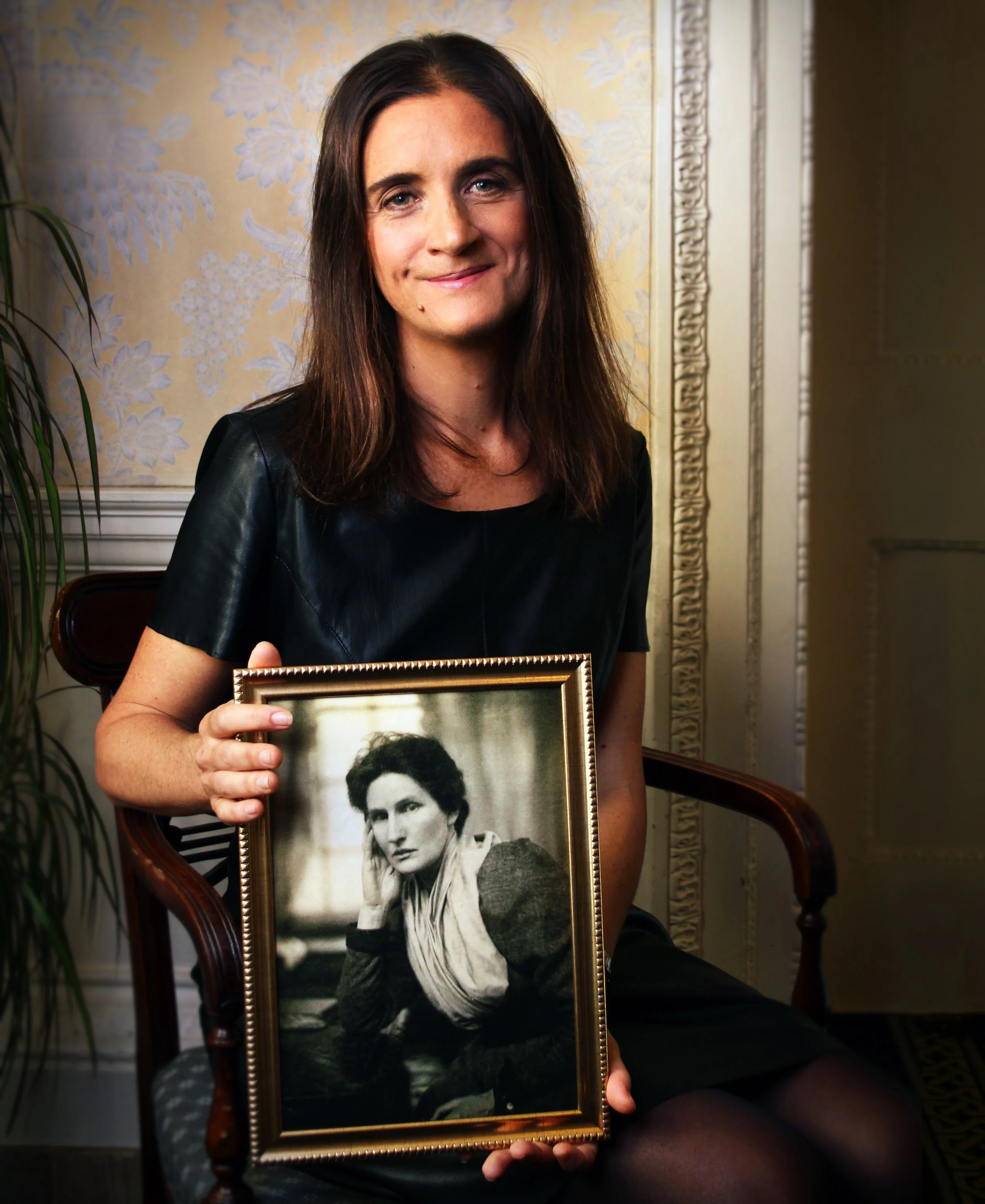A Brief History of Women in Economics
Most of us will recognize the name of Joan Robinson, who wrote The Economics of Imperfect Competition in 1933. However, finding the name of another woman economist of that time proves to be more challenging.
As aspiring economists, Marshall, Leontief, and Friedman are all names we recognize from our introductory economics classes. But few know that Alfred Marshall, famous for his contribution to supply and demand theory, co-wrote The Economics of Industry, with his wife Mary Paley Marshall. The book, which would later be heavily criticized by Alfred Marshall, was one of the first to include a chapter on the gender pay gap. Marshall would later negate the contribution of his wife to his work, notably stating that “Economics is like a fine chest of tools, which will not turn out anything of value except in skillful hands. This indicates that economics is a subject generally unsuited for advance by women.” That same year, when a proposal for Advanced and Research Degrees was drafted, Alfred Marshall pointed out that they should use the word “men” instead of “persons” to ensure women would not consider themselves capable of taking these degrees.
In 1875, Mary Paley Marshall became the first women lecturer at Cambridge University. Women graduates would not be fully recognized until 30 years after Mary Marshall’s retirement. In a time of explicit racial and gender discriminatory policies, many women economists were not rightfully seen as such, with history remembering these women as political activists, politicians, or lawyers instead.
Millicent Fawcett, whose last name is also associated with a famous economist, Henry Fawcett, is remembered for her significant contribution to women’s suffrage as the head of the NUWSS, Britain’s main suffragist organization at the time. However, Millicent Fawcett also co-authored many economic articles with her husband. Arguably, one of her most influential work was her part in the equal-pay-for-equal-work debate in the Economic Journal with Sidney Webb and Eleanor Rathbone. In addition, she also wrote Political Economy for Beginners which was a great success. Despite her work in economics, her nomination to the Political Economy Club, whose members include Malthus, Ricardo, and Say, was rejected for being “a little doctrinaire.” Never quite obtaining her rightful status as economist, she would be forgotten until 2018, when a statue was raised in her honor in the Parliamentary Square of London.
On the other side of the Atlantic, Sadie Tanner Mossell Alexander, another brilliant economist, became the first African American to earn a PhD in Economics in 1921. As an African American woman, Alexander facedgreater challenges throughout her career. Post-graduation, she was unable to find work as an economist and later pursued law to challenge racial segregation. While Alexander only published one economic article on African American women workers in Opportunity Magazine, the bulk of her contributions took the form of speeches. Both Fawcett and Alexander theorize that some level of wage differential depended on the fact that there was a discrepancy in knowledge acquisition due to the recent integration of their respective target populations into those industries: “It was looked upon as the law of nature that and could set a machine and that a woman could not.” Both economists argued that through increasing knowledge acquisition, and the move towards higher skilled jobs, wages should increase to meet those skills. Through careful economic analysis, Alexander’s speeches challenged policies that created racial inequities for African Americans. Sadie Alexander was also the first to advocate for federal job guarantee. Despite this, such research is often attributed to Hyman Minsky, who, in reality, wrote decades later.
Another mechanism through which women’s contributions were erased is through lack of recognition. In the early 1900s, the proportion of PhDs earned by women rose from 6.15% in 1912 to 19.29% in 1920. However, over the following two decades, barriers to entry were reinforced and universities became increasingly unwelcoming towards women. This pushed the proportion of women earning PhDs to drop to 6.94% in 1940. During this period, women were redirected to the field of home economics, also known as consumption economics. Increasing numbers of empirical studies were conducted by women on consumption patterns, but this work remained largely ignored. In 1947, Rose Friedman and Dorothy S Brady, wrote Savings and the Income distribution, in which they explained that the level of savings depends on the relative income, that is relative to their position in the income distribution. This paper significantly challenged the predominant Keynesian thinking, in which consumption and savings could simply be increased by increasing income. Brady and later Margaret G. Reid further developed, with the support of Milton Friedman, their research on consumption. Working in parallel with Reid and Brady, Milton Friedman often corresponded with the two. However, even as Freidman agreed and used research done by both female economists, he quickly shifted their work from “our tentative hypothesis” to “my hypothesis.” When Friedman finally published his paper on the permanent income hypothesis, the contribution of Rose Friedman, Reid, and Brady was completely erased. Although significant praise was given in the book’s introductory statement, co-authorship was never given. With a man in its ranks, consumption economics was finally recognized. Gary Becker would later carry out Noble prize-winning work by measuring the value of children and housework in monetary terms, heavily resembling work that had been done by women in the field for years… Years later, Franco Modigliani, recognized Margaret Reid for her significant influence on both the permanent income hypothesis and his own noble prize-winning Life Cycle theory.
Despite all odds, these women, through speeches, books, and articles, managed to leave their mark on economic thought. So, hopefully, next time you are asked to name an economist, one of these names will come to mind. If you are looking for a topic in the history of economic thought, don’t disregard Marion Crawford, Anna Swartz, Phyllis Wallace, Dorothy Webb, Rosa Luxemburg, Edith Penrose, to name a few.
Edited by Victoria Sabran & Lalia Katchelewa

